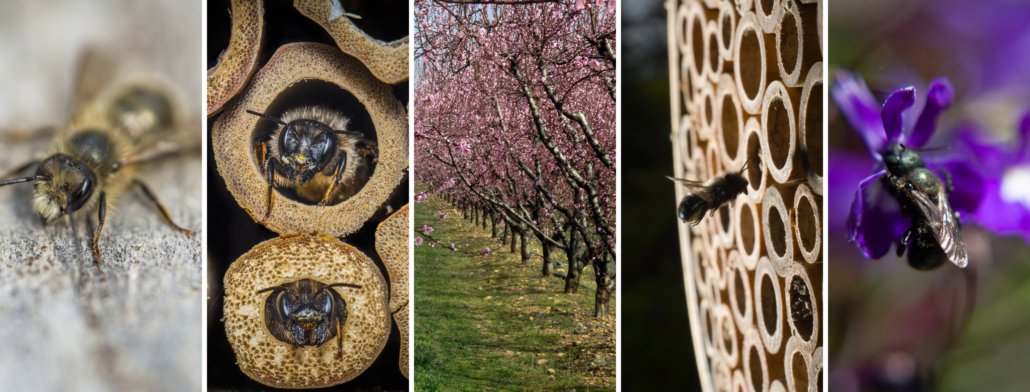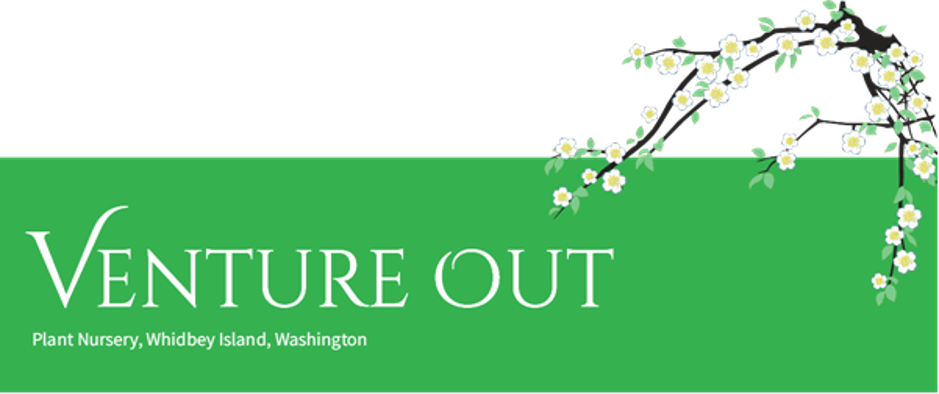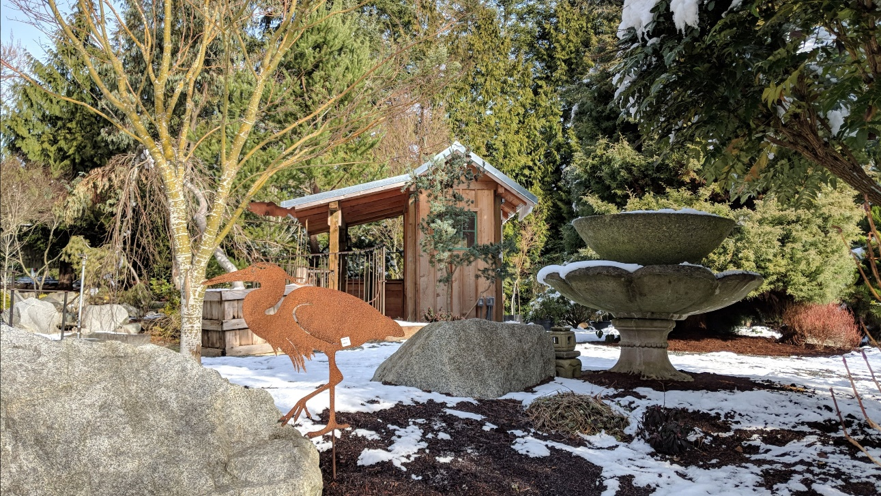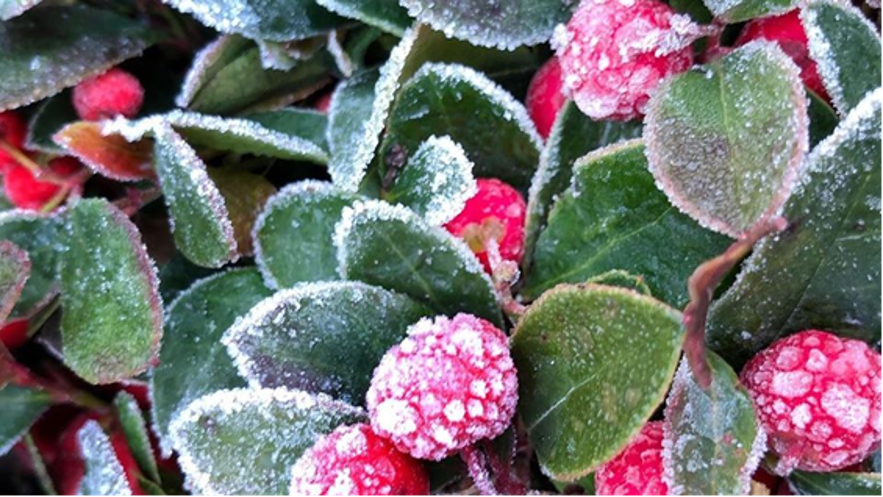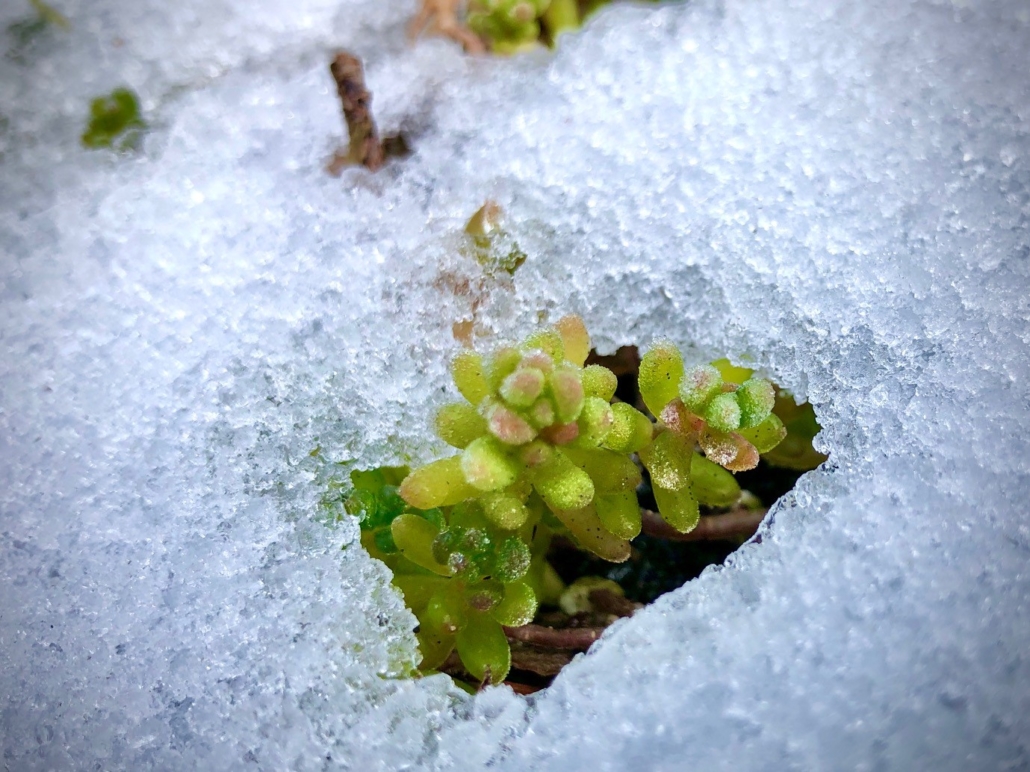10 Reasons to Love Annuals
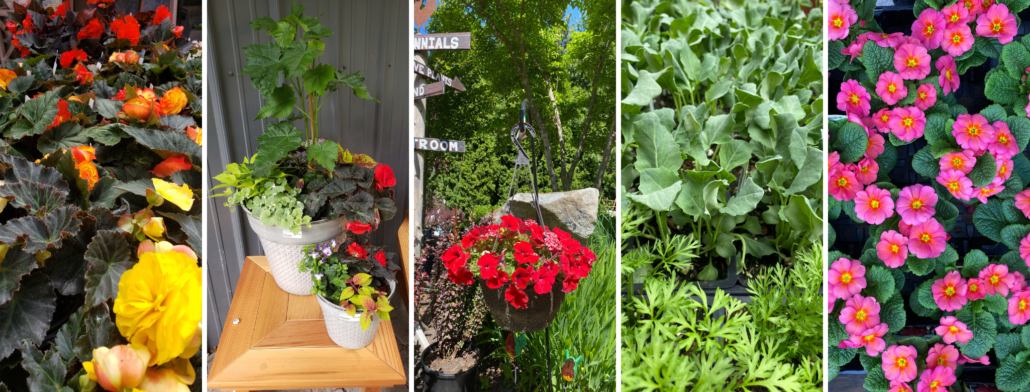
Annuals are plants that complete their entire life cycle in one year, from seed to full grown plant, to making new seeds before they die. This means that they have great impetus to grow quickly, bloom profusely, attract pollinators, and create as much seed as possible in their short lifetime. With proper care most of them can be full and flowering through the entire growing season! Some might find annuals less desirable, since they will need to be replanted each year, but there are many benefits to utilizing these fabulous plants appropriately in our gardens!
- Hanging Baskets – A beautiful basket, hanging near a patio, overflowing with flowers blooming all summer long is something anyone can enjoy! Apartment dwellers, renters, store fronts and homeowners alike can appreciate the ability to add floral goodness to just about any spot. Annuals are a natural fit since they bloom through almost the entire growing season, grow quickly, and they come in a huge variety of colors and growth habits. These make wonderful gifts as well!
- Seasonal containers – Much like hanging baskets, pots and other containers can be enjoyed by just about anyone in any space, but with good sturdy containers one can use them repeatedly by simply swapping out plants. Annuals are a shoe in for this, giving us options for seasonal themes and the ability to combine them into any style we wish. This also allows us to start very early in the growing season with cold loving annuals like Pansies, Primroses and Petunias, then as it gets too warm for them, changing them out for heat lovers like Geraniums, Osteospermum or Begonias, and on through the seasons.
- Filling in new plantings – If you’ve ever landscaped an area from a blank slate, you know that planting new shrubs, trees and perennials leaves a lot of empty space to allow for them to mature. This can leave things a bit sparse looking. For the years that it can take for plants to mature, annuals can fill those gaps with their colorful goodness! Since they won’t be in the garden longer than a year, they make great placeholders, and will hold weeds at bay by occupying the open ground.
- Adding color to landscape – In established landscapes, unless they are densely planted, there are often gaps between plants and hardscape features. These lend us the opportunity to add some extra pops of color to what can often end up being a uniform background of greens and browns much of the time. Perennials may only bloom for one or two months of the year each, while many annuals will bloom from spring all the way through autumn.
- Changing color palette – The wide array of colors available in annual plants makes them an easy way to update our colors, varying them strategically throughout a space for a specific look, or changing the color palette completely every year if we wish. Annuals are very much the gardener’s paintbrush, adding highlights, shading, and color wherever needed.
- Updating a theme – There are many styles of gardens that folks like to emulate, from Japanese to Mediterranean, Cottage to Modern. Each style has a “theme”, gangly pastels for Cottage style, bright warm tones with shiny green foliage for Tropical style, silver foliage and drought tolerant types for Mediterranean style, and so on. With annuals you can have foundation plants that are somewhat generic, and then change your theme or style every year if you like! For those with an ever-changing decorative style, annuals are a great choice, allowing for flexibility from year to year, season to season.
- Pollinators – Flowering annuals are extremely motivated to draw in pollinators since they’ve got just one growing season to create their seed. Their bright colors, varying shapes and sizes, and array of scents make them must-haves for any garden wishing to attract hummingbirds, bees, butterflies, and other beneficial insects. Companion planting annual flowers with a vegetable garden will boost production by attracting pollinators to the neighborhood from afar.
- Edibles – Many of our favorite vegetables are annual plants – tomatoes, cucumbers, squash, peppers, melons, and more are treasured for their quick and abundant production. Beyond even these well-known annuals, there are tons of edible annual flowers like cornflower, nasturtiums, calendula, borage, marigolds and many more. Adding edible flowers to a salad or fruit dish can be elegant or whimsical and will certainly impress diners. Encourage kids to eat more fresh foods by adding flowers to their meals or get them interested in foraging by starting in the home garden.
- Kids – With their short lifespan, annuals are a wonderful way to teach children about the life cycle of plants! Kids can start their own seeds, watch them sprout and grow, then follow along as they flower, develop seeds, and eventually die, leaving little plant babies of their own to grow again next spring. It’s a science lesson and intro to gardening in one fun, easy experience.
- Cut flowers – A cutting flower garden would be incomplete without the numerous annual flowers that are wonderful in vases and bouquets or dried. From towering treasures like Sunflowers, Nicotiana and Statice, to more diminutive darlings like Cornflowers, Celosia and Verbena, there are perfect cutting flowers for every niche in the garden.
These are just 10 reasons to love gardening with annuals, there are certainly more that we haven’t thought of! So, get out there, experiment with adding some annuals to your space, and let us know your favorite new reason to garden with annuals. Happy Planting!

